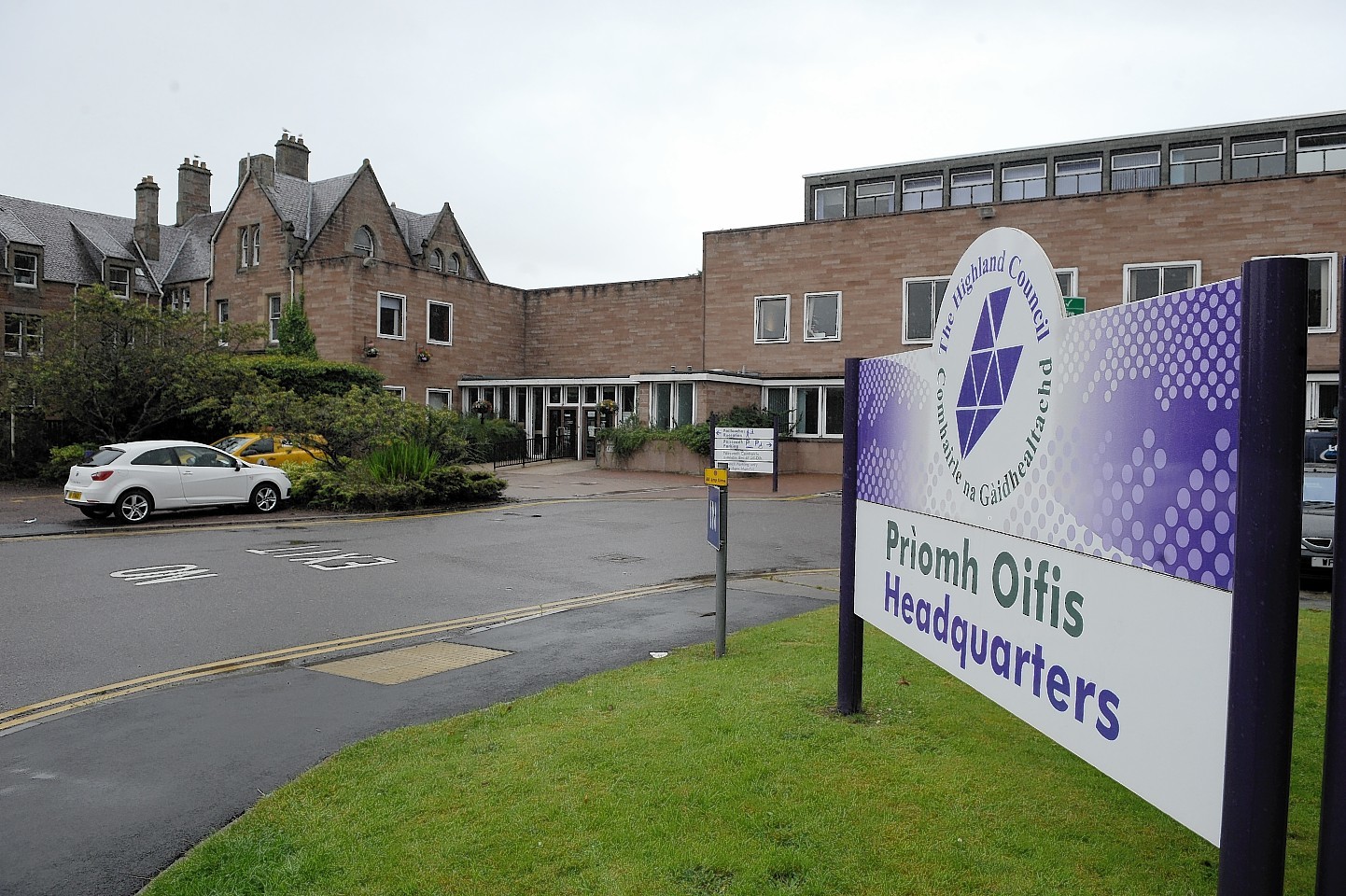Public spending watchdog Audit Scotland has found a series of “significant issues” with Highland Council’s accounts that led to more than £1million being “lost”.
In its 2014/15 report on the local authority, the body highlighted a £1.175million loan given to Inverness Airport Business Park in 2005 and 2006, which was due to have been repaid by May this year but was not.
The watchdog said the terms of the deal “does not enable the council to pursue the debt in the normal way”, and that “we think there is uncertainty about it ever being repaid”.
The report noted that the council’s finance director “does not agree with our assessment”.
Audit Scotland also found several “errors in the processing” of the accounts, involving millions of pounds.
A problem with the recording of assets in the Common Good Fund was said to have meant that £1.214million of gains “have not been recognised”.
Councillors will discuss the findings next week.
The Audit Scotland report said: “We have concluded that the council’s financial management require improvement in some areas.
“The council suffered a significant financial loss during the year and its failure to properly administer the Common Good Funds meant that income due to these funds was lost.
“Improvements could also be made to the content of the council’s medium-term budget and to better evidence how spending decisions link to outcomes.”
